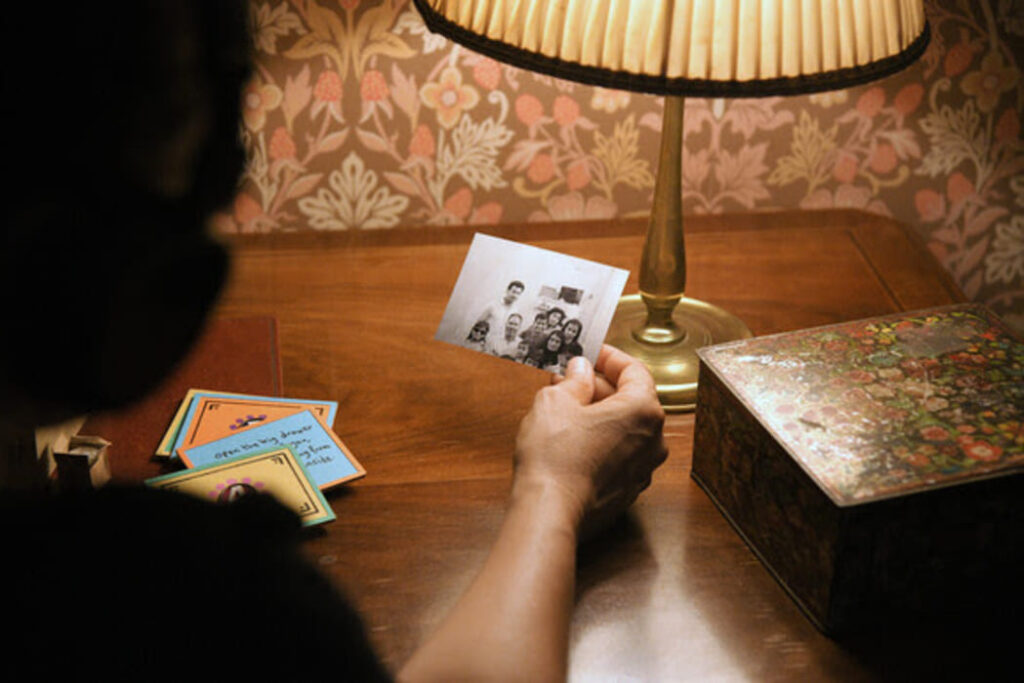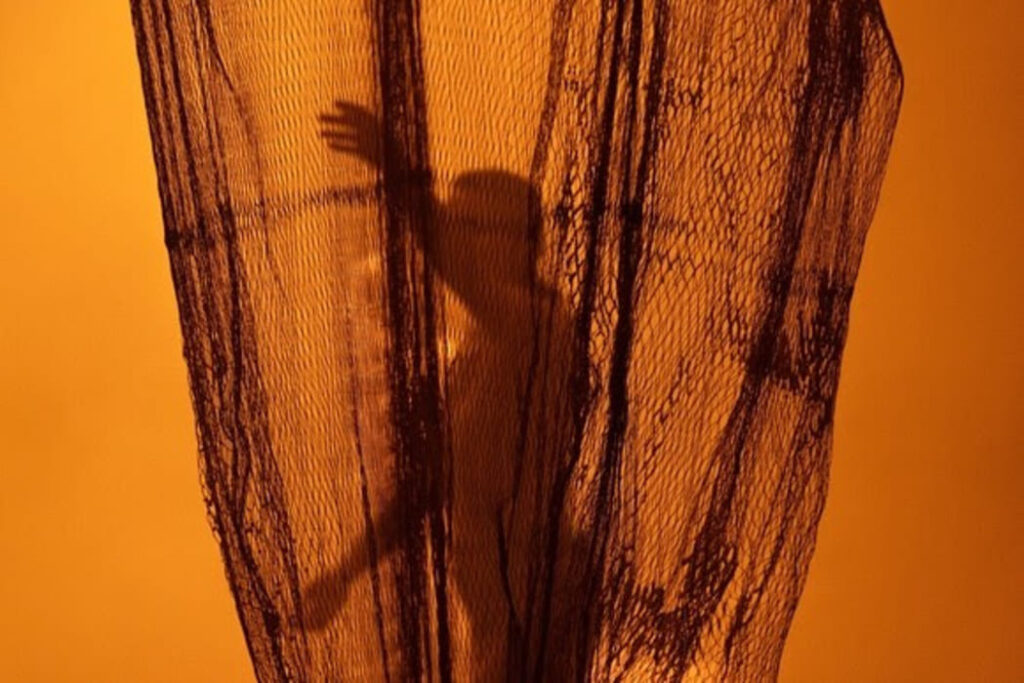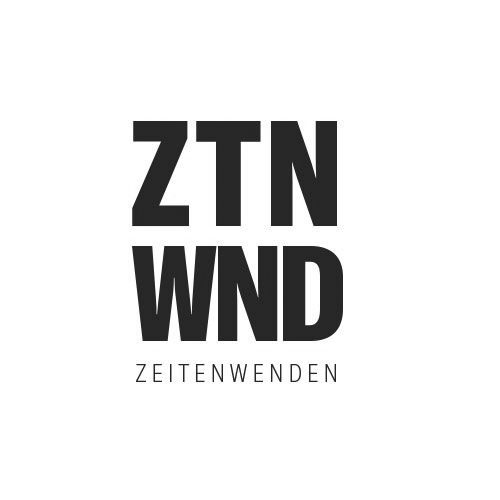Am 15. Mai 2025 eröffnet das Festival Making Life in the Ruins in den Berliner Sophiensælen. Das internationale Performance-Festival zeigt insgesamt zehn Produktionen, darunter sechs deutsche Premieren. In der ersten Festivalwoche werden Arbeiten von Tiran Willemse, Basel Zaraa und Paula Almirón präsentiert.
Abb. oben: © Stanislav Dobak
Making Life in the Ruins bringt zeitgenössische künstlerische Positionen aus verschiedenen Regionen zusammen, die sich mit dem Spannungsfeld zwischen der Auseinandersetzung mit überholten Konzepten und dem Verlust durch gewaltsame Ereignisse beschäftigen.
Die Arbeiten thematisieren die Auseinandersetzung mit verlorenen Zukunftsvorstellungen und der Vergangenheit und nutzen diese als Ausgangspunkt für neue künstlerische Perspektiven. Erinnerungen und Vorstellungen werden zu spekulativen Narrativen, alternativen Ritualen und archäologischen Ansätzen verbunden.
Tiran Willemse thematisiert in Untitled (Nostalgia, Act 3) ab dem 15.05. seine eigene Tanzgeschichte, die sich aus Elementen des Ballettklassikers Giselle, Kuduro aus Angola und dem nigerianischen Genre Alanta zusammensetzt.
Die Installation Dear Laila, ab dem 16.05. gezeigt, thematisiert einen zerstörten Ort. Basel Zaraa untersucht darin, wie Krieg und Exil das private und öffentliche Leben beeinflussen.
Die in Brüssel lebende Choreografin Paula Almirón präsentiert ab dem 16.05. erstmals eine Arbeit in Berlin. The River and The Devil beschäftigt sich mit der Ruine eines ehemaligen Gewässers, mit mythischen Figuren und fragmentierten Geschichten.
Ein Workshop zum Thema Wassergerechtigkeit am 18.05. mit Paula Almirón und Evelyn Linde bietet Perspektiven auf lokale und internationale Fragen der Wasserverteilung. Bei einer historischen Hausführung am 17.05. wird die Geschichte des Gebäudes beleuchtet und dessen Ruinen in einen künstlerischen Zusammenhang gestellt.
Die Veranstaltung wirft die Frage auf, ob Ruinen nicht nur als Zeichen des Niedergangs, sondern auch als Ausgangspunkt neuer Entwicklungen verstanden werden können.

Tiran Willemse: Untitled (Nostalgia, Act 3)
In Untitled (Nostalgia, Act 3) thematisiert der in Südafrika geborene und in Europa lebende Choreograf Tiran Willemse seine eigene Tanzgeschichte, basierend auf Elementen des Ballettklassikers Giselle aus dem 19. Jahrhundert, Kuduro aus Angola und dem nigerianischen Genre Alanta.
Die Erzählung von Giselle dient als zentrales Mittel, mit dem Willemse verschiedene Aspekte seiner eigenen Vergangenheit aufgreift. Untitled (Nostalgia, Act 3) reflektiert Schwarze Erfahrungen in europäischen Kontexten und beleuchtet dabei gesellschaftliche Normen und deren Auswirkungen. Die Performance setzt sich mit geschlechtlichen Identitäten auseinander und thematisiert die Präsenz nicht cisnormativer Körper im öffentlichen Raum.

Basel Zaraa: Dear Laila
Die Idee zu Dear Laila entstand, als Basel Zaraas fünfjährige Tochter ihn nach seinem Kindheitszuhause fragte. Da eine Reise dorthin nicht möglich war, rekonstruierte er ein Modell seines Elternhauses im palästinensischen Flüchtlingslager Yarmouk in Damaskus. Die seit 2022 international gezeigte und mit dem ZKB Audience Award 2023 ausgezeichnete Arbeit Dear Laila thematisiert die palästinensische Erfahrung von Vertreibung und Widerstand anhand einer Familiengeschichte. Sie analysiert, wie sich Krieg und Exil auf den Alltag, das häusliche Umfeld und den öffentlichen Raum auswirken.
Dear Laila ist eine Installation, die jeweils von einer Einzelperson zu einem festgelegten Zeitpunkt besucht werden kann. Durch die Reproduktion von Erinnerungen sowie mit Hilfe haptischer Details und Objekte wird ein heute zerstörter Ort dargestellt.

Paula Almirón: The River and The Devil
Historischen Berichten zufolge bezeichneten koloniale Siedler im bolivianischen Altiplano-Hochland den Fluss Desaguadero während der Kolonialzeit als „den Teufel“, aufgrund seiner schwer kontrollierbaren Natur. Nach langanhaltender Ausbeutung ist der Fluss heute ausgetrocknet und größtenteils versalzen. Ausgehend von diesem Zustand thematisiert The River and The Devil die Geschichte des Flusses und untersucht fragmentierte Erzählungen, mythologische Figuren und überlieferte Geister, die in der Region verortet sind.
Die in Brüssel lebende argentinische Choreografin Paula Almirón präsentiert mit dieser Arbeit erstmals ein Projekt in Berlin. Sie arbeitet an der Schnittstelle von Choreografie und Text und untersucht die Wechselwirkungen zwischen sozialen, spirituellen und geologischen Aspekten. Seit 2019 liegt ein Fokus ihrer Arbeit auf sogenannten „Wasserchoreografien“. In The River and The Devil verbindet sie Tanz, bildende Kunst, Klang und gemeinschaftliches Erzählen zu einer künstlerischen Auseinandersetzung mit den Themen Verlust und Widerstand.

Historische Hausführung
Im Rahmen des Festivals Making Life in the Ruins bieten die Sophiensæle eine historische Hausführung an, bei der die baulichen und historischen Spuren im Gebäude erkundet werden können. Das Gebäude, in dem 1996 die Sophiensæle als Theaterinitiative gegründet wurden, blickt auf eine vielfältige Nutzungsgeschichte zurück, die verschiedene Etappen der deutschen Geschichte widerspiegelt. Es diente unter anderem als Vereinshaus des Berliner Handwerkervereins im frühen 20. Jahrhundert, als Versammlungsort der Arbeiterbewegung, als Ort von Zwangsarbeit während des Nationalsozialismus und später als Theaterwerkstatt in der DDR. Die Führung vermittelt Einblicke in diese historischen Nutzungsschichten und lädt zur Reflexion über deren Bedeutung für heutige Diskurse sowie zur Auseinandersetzung mit der Vergangenheit ein. Abschließend wird diskutiert, welche Elemente dieser Geschichte für eine gemeinsame Zukunft relevant sein könnten.
WANN?
Festivaleröffnung: Donnerstag, 15. Mai 2025
Festivaldaten: Donnerstag, 15. Mai – Samstag, 31. Mai 2025
WO?
Sophiensæle
Sophienstraße 18
10178 Berlin






